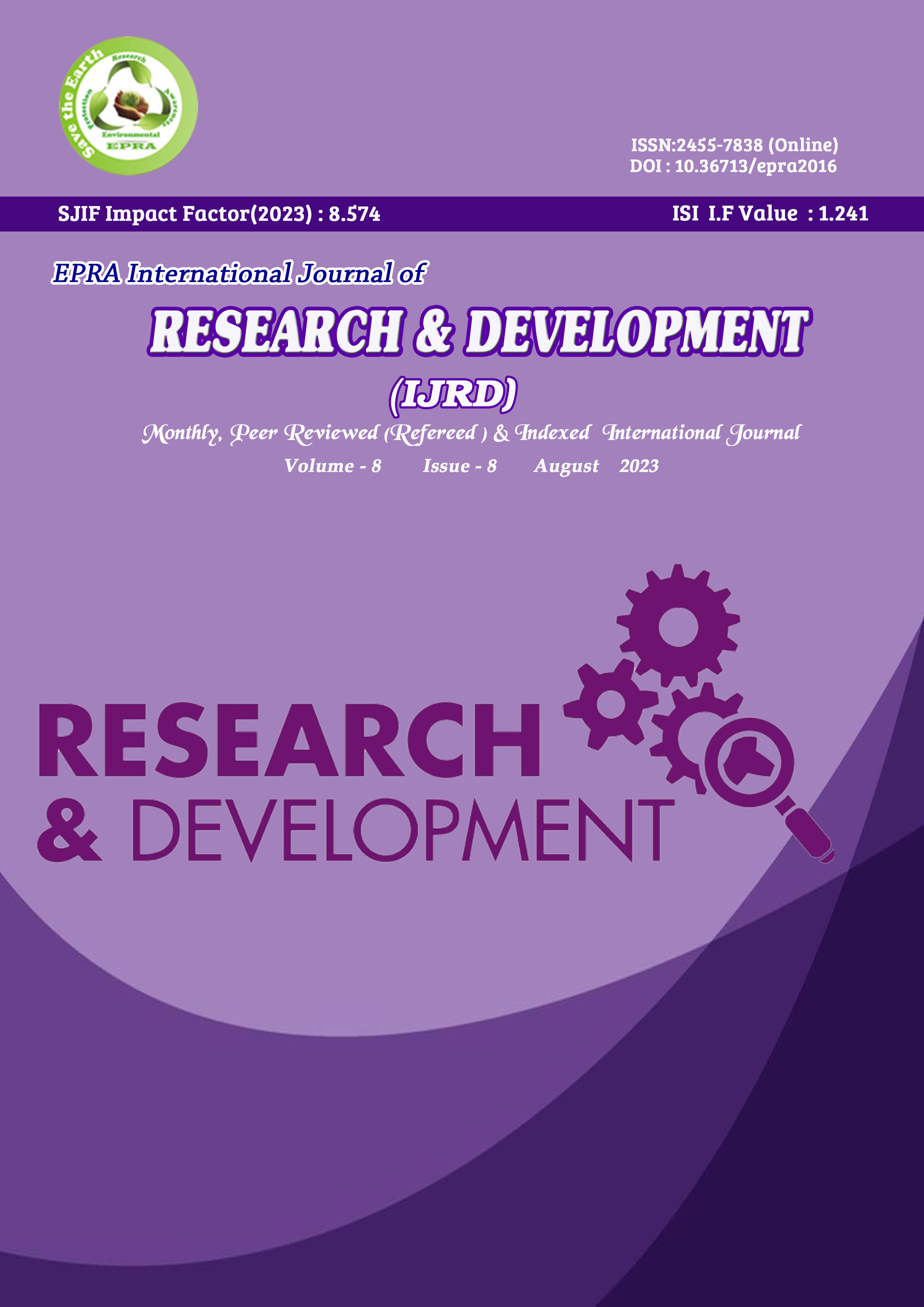EFFECTIVENESS TEST OF SECOND DEGREE BURN WOUND HEALING FROM ETHANOL EXTRACT OINTMENT OF ZANTHOXYLUM ACANTHOPODIUM DC. IN WISTAR RATS
Keywords:
Zanthoxylum acanthopodium DC, Burns, Wound HealingAbstract
Terpenoid content in Zanthoxylum acanthopodium DC. Fruit has antioxidant and antimicrobial activities that are repellent and insect killer. Antioxidant and immunostimulant activities of Zanthoxylum acanthopodium DC. Fruit can increase the number of lymphocyte cells. This study aims to analyze the effectiveness of second-degree burn healing ointment of Zanthoxylum acanthopodium DC—fruit on Wistar rats.This research is an experimental pre-test control group design conducted in March 2023. The research samples were Zanthoxylum acanthopodium DC plants, and the experimental animal samples were 20 male white rats of the Wistar strain (Rattus norvegicus) divided into four treatment groups, each consisting of five rats. Statistical analysis was a One-Way ANOVA test followed by a post-hoc test. BeforeA, a descriptive analysis of wound contraction and epithelialization period was performed before further testing. If the data in this study is not normally distributed, then data transformation will be carried out so that the data is usually spread. The results of the burn wound healing effect possessed by Zanthoxylum acaOintmentum DC. both 20% and 30% ointment and nebacetin ointment as standard showed significant references. The wound contraction rate of 30% ointment was better than nebacetin ointment as the standard. In conclusion, both Zanthoxylum acanthopodium DC. Both 20% and 30% ointments and nebacetin ointment, as the bar, did not show significant differences in epithelial period parameters.
